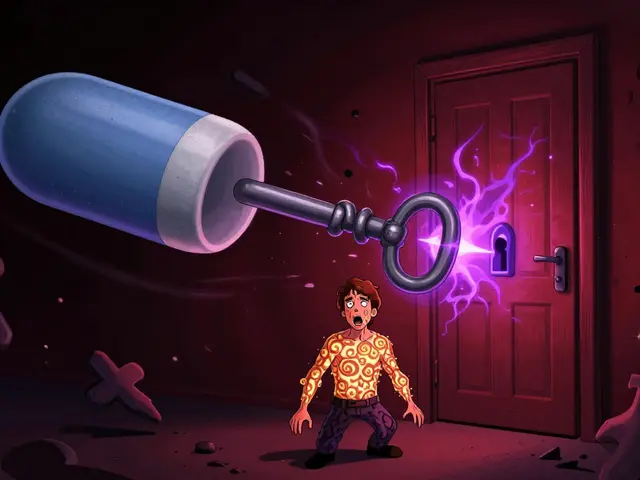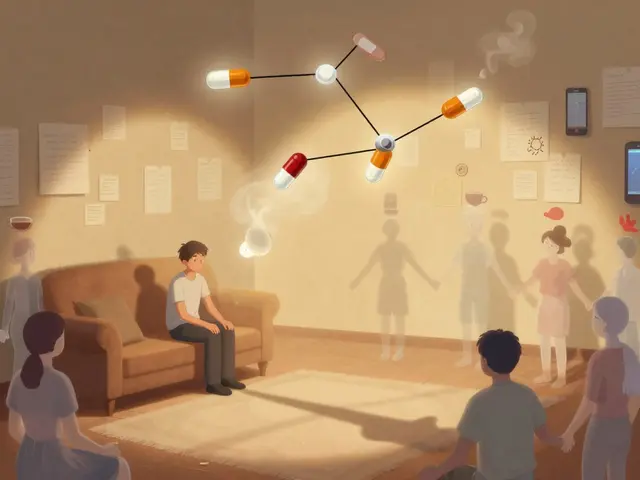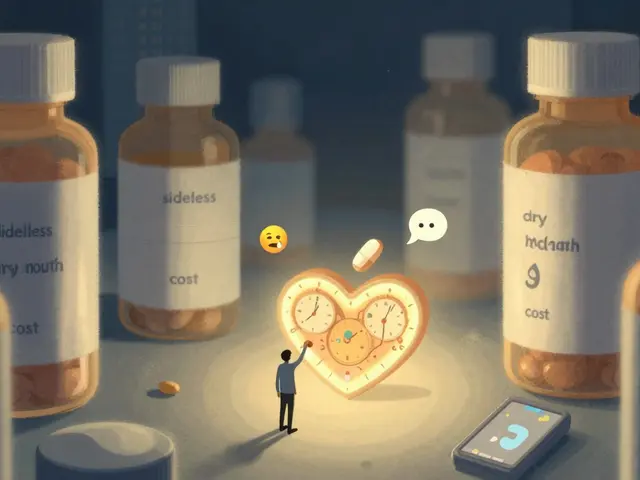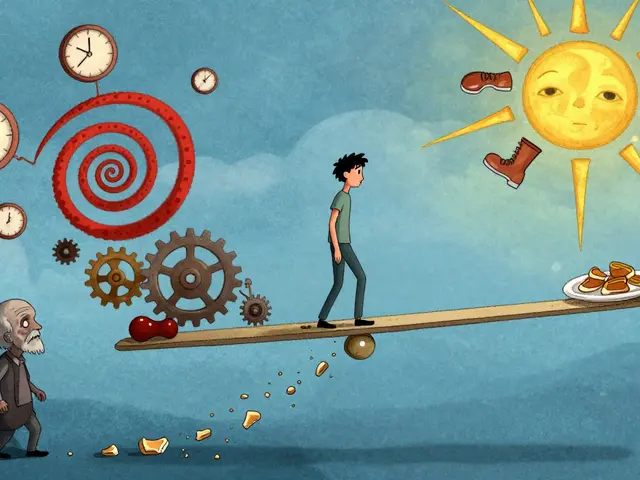COPD: Clear, Practical Steps to Breathe Easier
COPD can make normal days feel heavy. Shortness of breath, chronic cough, and tiredness are common. If you or someone you care for has COPD, small changes can cut flare-ups and make life easier. This page gives simple, usable tips on treatment options, daily habits, and when to call a doctor.
Common treatments and what to expect
Your doctor will usually start with inhaled medicines to open airways and reduce inflammation. There are three main inhaler types to know: short-acting bronchodilators for quick relief, long-acting bronchodilators for daily control, and inhaled steroids for people who have frequent flare-ups. Combination inhalers that mix long-acting bronchodilators and steroids are common. If you use a once-daily inhaler like Breo Ellipta and need a change, there are other once-daily options that pair long-acting bronchodilators with different steroid or bronchodilator partners. Talk to your clinician about what fits your symptoms and insurance.
Other treatments include pulmonary rehab, which teaches breathing techniques, safe exercise, and energy-saving moves. For advanced cases, oxygen therapy or noninvasive ventilation may be recommended. Antibiotics or steroids might be used short-term for flare-ups. Always review inhaler technique with a nurse or pharmacist — poor technique means less benefit from your meds.
Daily habits that help and when to act
Quit smoking if you still smoke. It’s the single best step to slow COPD. Get annual flu shots and the pneumococcal vaccine when recommended — infections cause many flare-ups. Keep active: short, regular walks or the exercises from pulmonary rehab improve stamina more than long occasional workouts. Use breathing tricks like pursed-lip breathing when you feel breathless to slow your breathing and ease panic.
Make a simple action plan with your clinician: list your daily medicines, rescue inhaler steps, signs of flare-ups, and when to call for help. Watch for warning signs: more shortness of breath than usual, faster breathing at rest, sputum that changes color, fever, or new confusion. If these happen, call your healthcare team or go to urgent care. Early treatment often prevents hospital stays.
Practical tip: store spare inhalers where you use them most, keep a checklist of refills, and bring all meds to appointments. A small spacer for metered-dose inhalers, or a mask for those who struggle with coordination, can make treatments work better.
COPD is manageable when you know the tools and act early. Work with your doctor, keep your vaccines up to date, practice breathing and pacing, and ask about pulmonary rehab. If you notice a worrying change, contact your healthcare provider without delay.
Coping with Anxiety and Depression in Chronic Obstructive Pulmonary Disease Patients
Living with Chronic Obstructive Pulmonary Disease (COPD) can be a heavy burden, often leading to feelings of anxiety and depression. This emotional struggle can be as debilitating as the physical symptoms, making it crucial for patients to learn effective coping strategies. Deep breathing exercises, physical activity, and maintaining a balanced diet can help manage the physical symptoms, while counseling, support groups, and possibly medication can address the psychological impact. It's also important to maintain regular communication with healthcare professionals. Remember, it's not just about managing the disease, but also about enhancing quality of life.





